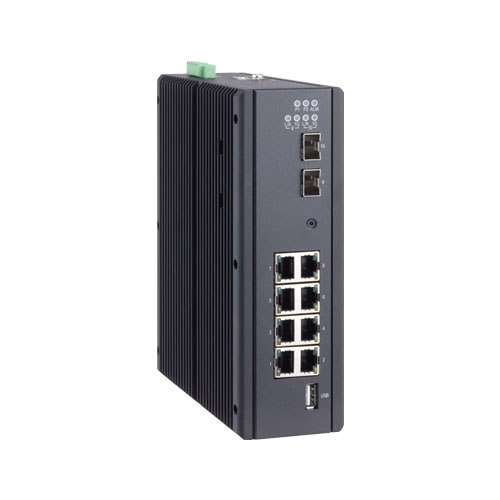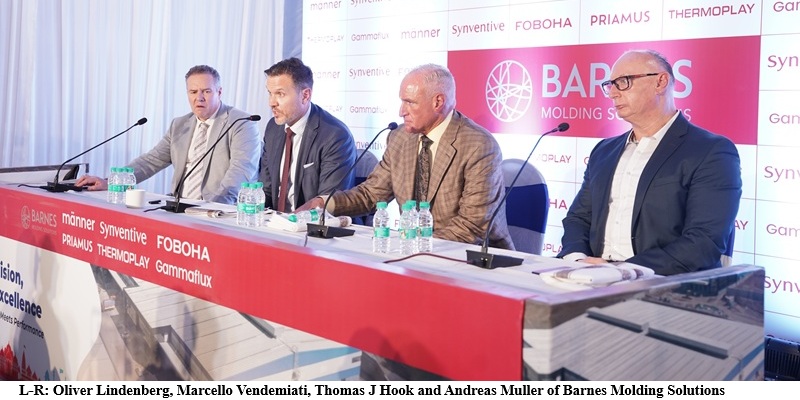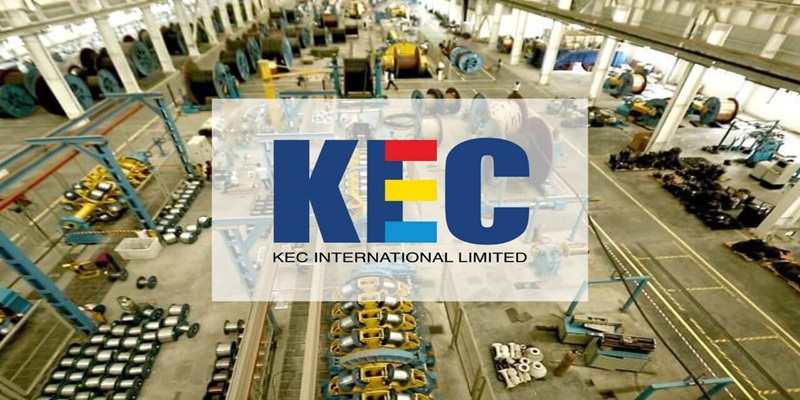Schedule a Call Back
New Advanced High Strength Steel
 Technical Articles
Technical Articles- Jan 17,13

Since the advent of "Model T", the automobile industry has witnessed phenomenal growth over the last 100-odd years. During the Seventies onwards (of the last century), emphasis on vehicle safety, increased space, performance, reliability, passenger comfort and finally overall vehicle looks and quality resulted in cars gaining weight, heavily. Steel being the primary choice for the car body, 60 to 70% of the car weight consisted of steel or steel based parts. Cars those days were literally fuel guzzlers.
However, continued unlimited growth brought complexities such as heavy vehicular traffic leading to increased incidence of car accidents, increase in atmospheric pollution due to vehicular emissions, and uneconomic usage of fuel. Subsequently, the alarming rise in crude oil prices coupled with increased concern over environmental pollution caused by emissions, necessitated a change in priorities. Fuel economy, regulatory control over vehicular emissions and passenger safety became concerns requiring utmost attention.
One of the priorities was to find means to reduce the car weight, without compromising on its strength, to ensure passenger safety. Decades of sustained efforts of researchers and steel manufacturers finally resulted in introduction of a new breed of steels, viz., "Advanced High Strength Steel" or AHSS.
Earlier, most car body designs were based on steels manufactured by micro additions of alloying elements such as Nb, Ti, V, etc., in low carbon interstitial free (IF) steels, having ultimate tensile strength (UTS) values in the 200-300 MPa range. Now, the rapidly emerging trend is to use AHSS grades comprising of high strength steels (HSS) with a yield strength (YS) in excess of 300 MPa; very high strength steels (VHSS) with yield strength (YS) more than 500 MPa; and ultra high strength steels (UHSS) with UTS values up to 1500 MPa. These new categories of steels belonging to AHSS family are: transformation induced plasticity (TRIP) steels; twinning induced plasticity (TWIP) steel; complex phase (CP) steels; dual phase (DP) steels; and ferrite bainite (FB) steels.
Let us now have a brief presentation on the nature and characteristics of each of these steels.
A. Transformation Induced Plasticity (TRIP) Steels
A fairly recent introduction from the AHSS family of steels, TRIP steels are characterised by both high strength as well as high ductility. It is very effective as automotive sheets because of its ability to reduce automobile weight, improve fuel efficiency and also reduce the quantum of emission. Microstructure of these steels comprises of soft ferrite, bainite as well as retained austenite; obtained by inter critical annealing and isothermal treatment in bainitic transformation range.
The retained austenite instantly changes into hard martensite during deformation/impact as in collision or crash event of the automotive. These steels show extremely high fatigue endurance limit, there by ensuing excellent durability performance.
The "TRIP effect" as it is called makes the steel most appropriate to be used in an automotive body to provide excellent crash energy absorption. Typical Si-Mn type TRIP steels contain 0.15 to 0.20%, C, upto 2.0% Si, around 1.5% Mn. However, steels having high silicon content leads to problems during welding, besides forming a strong oxide layer during hot rolling.
After cold rolling and continuous annealing, these surface oxides cause poor coatability during galvanizing. Substituting part of Si with Al tends to eliminate these problems and micro addition of Niobium (Nb) contributes in carbon enrichment of austenite as well as on martensite nucleation in particular. With appropriate thermal treatment, it has been possible to obtain UTS in the range of 760-780 MPa and elongation in the range of 36 to 38%.
B. Twinning Induced Plasticity (TWIP) Steels
Introduced during the last decade the high Manganese (Mn) TWIP steels can be stretched by up to 90% of the length without breaking and resist tensile pressure up to 1100 MPa. This steel has been invented about eight years back by Professor Georg Frommeyer, Head of the Department of Materials Technology at the Max Planck Institute for Iron Research (MPIR) in Dusseldorf, Germany. High Performance TWIP steels are fully austenitic-and non-magnetic. These are highly ductile as well as of high strength, characterised by a high rate of work hardening resulting from the generation of deformation related twins. Manganese content is in the range of 18 to 30%; besides carbon, and alloying additions of silicon and aluminium needed to obtain the high strength and large uniform elongation associated with strain-induced twinning.
Although TRIP steels are well established in parts related to crash energy management, TWIP steels are an essential element for passenger protection in side impact collisions as well as in anti intrusion parts. Depending on share of Mn, Si and Al, the TRIP effect can be made to happen twice, thus providing double additional ductility.
The reason for twining is that the alloy elements make two martensitic transformations possible - first a change for austenite to hexagonal martensitic and then from the hexagonal structure to the body centred cubic martensitic. However; small faults in the crystal structure called "Stacking Faults" probably explain why alloy with 18 to 25% manganese (Mn) is particularly ductile in spite of double TRIP effect. During side impact, the material deforms and absorbs the energy of the impact and also becomes very strong as it hardens, which prevents the side section from collapsing too much, and protects vehicle passengers from injury.
Dr Stefen Zaefferer of the new TWIP Research Group (MPIR) explains, "Twinning leads to high level hardening. Therefore, once a particular volume of steels has started to deform, its yield strength rises such that deformation spreads out to neighbouring volumes. The full material participates at energy absorption." He also adds that "TWIP steels are difficult to manufacture due to high manganese - partial pressure during melting and casting, the tendency to form strong oxide scales during hot rolling causing cracking and their high strength during cold rolling, which requires stronger rolling equipment."
C. Complex Phase (CP) Steels
As the name implies, CP steels have ferrite/bainite matrix with martensite, small amounts of retained austenite and/or pearlite; such structures having been archived through appropriate thermal treatment. Given their high energy absorption capacity as well as high fatigue strength, these steels are ideal for car bumpers and B-pillar reinforcement. The complex phase (CP) steels belong to the group of AHSS grades and have very fine grained structure, are very sensitive to severe strain peaks, i.e., abusive loads, and are easy to cold form and excellent for stretch forming and roll forming.
The steel contains 0.12 to 0.18 C, around 2% Mn having Si, Cr, Mo, Al, V, Nb, Ti and boron. They are available in strength range between 800 to 1000 MPa and are supplied in both hot rolled as well as cold rolled and hot dip galvanised form.
D. Dual Phase (DP) Steels

These steels have a dual phase (DP) microstructure comprising of fine dispersion of hard martensite particles in a matrix of soft ferrite - attained through specific thermal treatments. These steels contain between 0.15 to 0.20% C around 2% each of Mn and Al, 0.80% max Si; Cr and Mo. They belong to the family of AHSS steels; have good formability; high strain hardening capacity and good drawability.
They are more ductile than complex phase (CP) steels and coupled with their excellent fatigue properties and good energy absorption characteristics, are most suitable for structural and reinforcement components particularly in the crash structure. They offer excellent potential for weight savings in structural parts.
E. Ferrite Bainite (FB) Steels
As the name implies, these steels have a ferrite-bainitic microstructure achievable through inter critical annealing and isothermal treatment in the bainitic zone. These steels contain around 0.15 to 18% C, up to 1.6% Mn and silicon. These steels are generally cold drawn and are known to have high tensile strength as well as good fatigue strength, finding suitability in application such as structural parts and wheels as well as mechanical parts in the automotive sector.
From the above, it can be seen that the development and introduction of AHSS grade of steels has opened a new avenue to substantially reduce the weight of automotive, improve fuel efficiency as well as reduce the amount of emission gas.
Furthermore, the introduction of these steels have enabled carmakers to build passenger cars having body designs with high degree of safety assurance in the event of a crash or collision; enabling more and more can makers to achieve high ratings in standardised crash simulation such as the Euro N Cap or the north American NHST test. AHSS steels provides better safety assurance by ensuring high impact energy absorption for frontal crash and rear collision; and also anti intrusion properties in situations such as side impact or a vehicle roll over with its associated roof crush. Thus besides insuring high fuel economy and reduced emission, the introduction of AHSS steels has gone a long way in assuring safety to automotive users in case of a collision, accident or road mishap.
References
- Microstructure and Mechanical properties of Si-Al-Mn TRIP steel with niobium by Zhengyou Tang, Hua DingG, Linxiu Du & Long Li - Journal of Materials Science & Technology, Vol 23 No. 6, 2007
- High Mn TWIP Steels for Automotive Applications by B C De Cooman, Kwang-geun Chin & Jinkyung Kim
- Twinning Induced Plasticity (TWIP) Steel Improves Car Safety - by Rupal Mehta, Materials World Magazine, 01 Dec 2007
(Contact: P K Chatterjee, Alankar, Ground Floor, 24/D Ravi Nagar, Khajrana Road, Indore 452 018. Email: oppurtune2000@rediffmail.com)
Related Products

Compact Fmc - Motorum 3048tg With Fs2512
Meiban Engineering Technologies Pvt Ltd offers a wide range of Compact FMC - Motorum 3048TG with FS2512.

Structural Adhesive for Solar Panel Roof Mounting
Parson Adhesives India Private Ltd offers a wide range of structural adhesive for solar panel roof mounting – Partite 7535.

Industrial Tsn Switch
Contec launches a future-ready Industrial TSN Switch- SH-9210TSN.
















